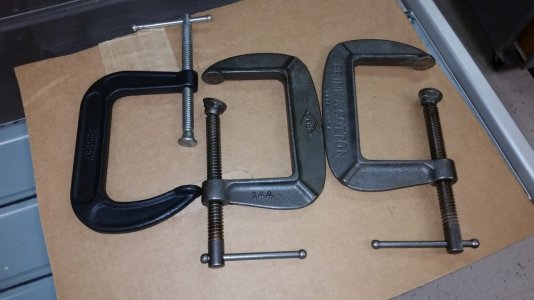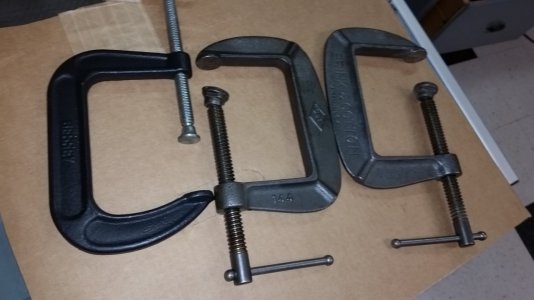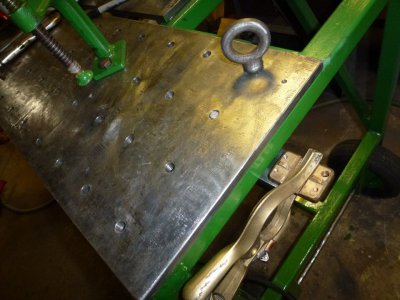- Joined
- Dec 18, 2019
- Messages
- 6,538
Oh, that is good to know. Don't think I will bother with the malleable clamps then. Seems like it would be a waste of torch gas.It is my understanding that malleable iron (if the clamps are truly just that) is white cast iron (very hard and brittle) that is annealed over a long period to make it some sort of cousin of steel, heat and quench is liable to make it brittle again. I don't think much of anything is made of malleable iron anymore, it has been replaced by ductile iron, which is much cheaper to produce.
Some of the c-clamps I have are marked (cast letters) as ductile iron. Are ductile iron clamps treatable?
Plumbers who used to install steam heat systems used to prefer malleable iron fittings because they could break and remove them easily. Made repairs easy. Now that there are power threaders and power saws, the need for malleable fittings has diminished. And yes, the ductile fittings were a lot cheaper.




